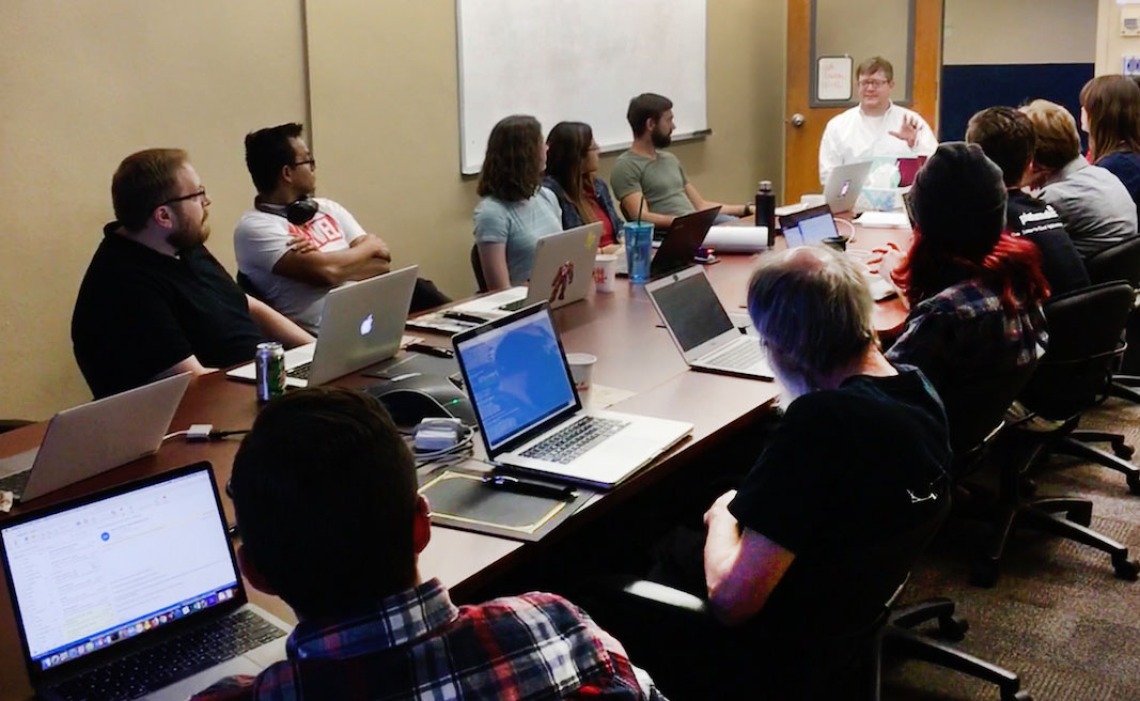Quickstart 2.0 unifies University's online experience

The improvements in Quickstart 2.0 were developed by the Arizona Digital working group.

Shoshana Mayden

The Quickstart website provides instructions for creating and modifying each element on a website.
While many enjoyed the usual slowdown that comes with summer break, a team of web developers from units across campus went full speed ahead on improving the tools that anyone in the University community can use to create websites. The result: Quickstart 2.0.
The Arizona Digital working group designed Quickstart as a shared resource that can meet the online needs of the many different and diverse campus units, while also ensuring web accessibility and security and creating a consistent look from page to page that will strengthen the University's online brand.
The new system – an improved version of Quickstart 1.0 – should provide a more unified experience for anyone who builds, maintains, updates or just uses University webpages.
"There are a couple of different pieces to it. For end users, having a more cohesive look and feel as they navigate around the University will help them feel like they're part of the same brand and having the same experience," said Cameron Green, a program manageer with Campus Web Services. "From a professional standpoint, developers and editors who work on one website will be able to work on another website and be familiar with the way that it's built and the way that it functions, so it provides that kind of unified experience as well."
Green's fellow Arizona Digital member and self-proclaimed Quickstart "evangelist," Shoshana Mayden, associate director for web management in Marketing and Brand Management, cites flexibility and adaptability as significant advantages of the new system.
"We're always working on improving design and adding functionality as we move forward," Mayden said. "This will allow for the creation and implementation of new designs six months or a year from now that don't exist currently, which people using this platform will be able to take advantage of."
Like its predecessor, the new Quickstart integrates University branding and allows for the creation of familiar types of web and mobile content with the same look and feel. However, this version also offers several improved features, including a new drag-and-drop editing mode for easier reordering of page elements; more straightforward and flexible options for displaying photos, graphics or videos; and faster load times for graphic- or photo-heavy pages. Campus Web Services has improved the documentation, training and resources available for webpage editors and developers on the Quickstart 2.0 webpage.
According to Green, dozens of academic and nonacademic units have already started the process of adopting Quickstart 2.0 since its launch in July, along with hundreds of programs, offices and laboratories and those with assigned Web Services staffers already have a migration plan in place or will soon. Web Services hopes for a nearly campuswide migration to Quickstart 2.0 before November 2022, when technical support ends for pages that currently use Version 7 of the Drupal content management system.
While Quickstart is free for all campus units, those that need additional support can take advantage of another Campus Web Services program, Arizona Sites, a fee-based service that offers fully developed Drupal sites managed by Campus Web Services that are on-brand, mobile responsive and customizable.

